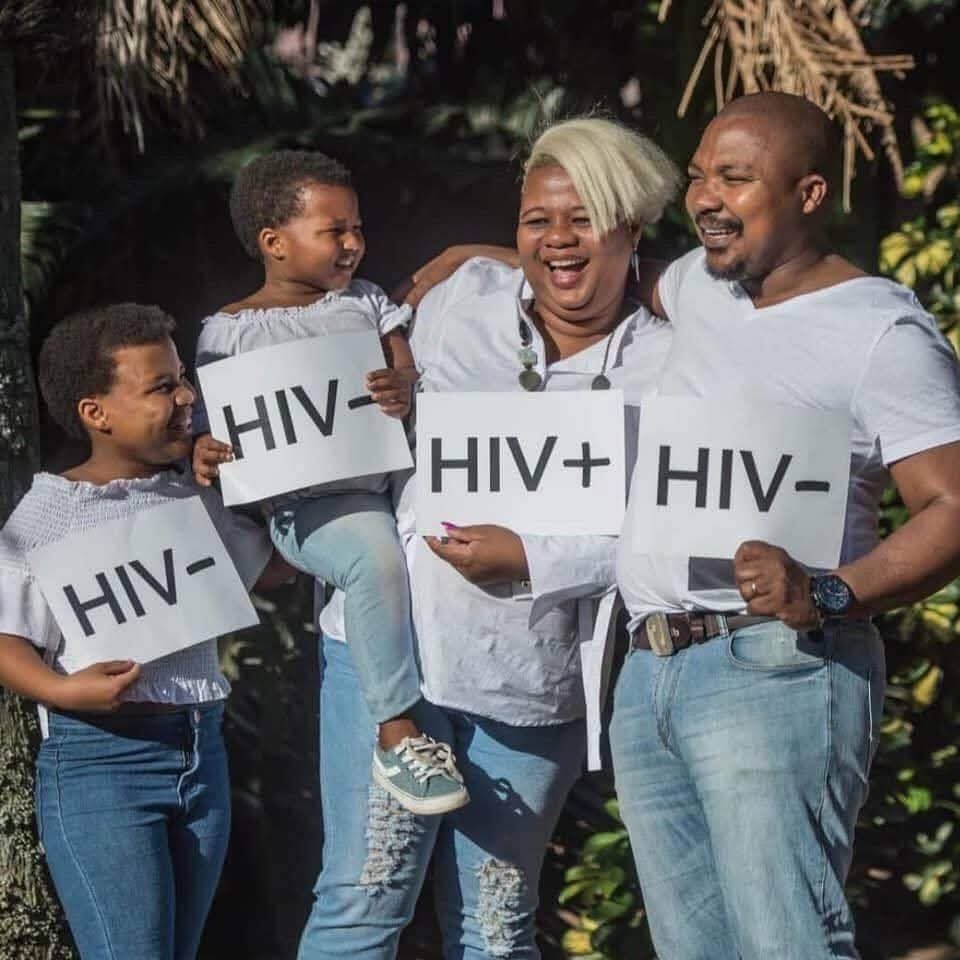Human Immunodeficiency Virus (HIV) remains a significant global health concern, but with advancements in medical science and increased awareness, preventing HIV transmission is more achievable than ever. By adopting protective measures such as safe sex practices, regular testing, and the use of medications like PEP (Post-Exposure Prophylaxis) and PrEP (Pre-Exposure Prophylaxis), individuals can significantly reduce their risk of contracting HIV.
This article explores the most effective strategies for HIV prevention, with a focus on understanding how PEP and PrEP work, alongside other essential protective measures.
1. Understanding HIV Transmission.
Before diving into prevention methods, it’s crucial to understand how HIV spreads.
The virus is transmitted through: Unprotected sexual contact (vaginal, anal, or oral sex with an infected person). Sharing needles or syringes (common among people who inject drugs). Mother-to-child transmission (during pregnancy, childbirth, or breastfeeding). Blood transfusions or organ transplants (rare in countries with strict screening protocols).
HIV cannot be transmitted through casual contact like hugging, kissing, or sharing food. Knowing these transmission routes helps in targeting prevention strategies effectively.
2. Safe Sex Practices.
Consistent and correct use of barrier methods is one of the most effective ways to prevent HIV and other sexually transmitted infections (STIs).
A. Condom Use
Male condom (latex or polyurethane) and female condoms provide a physical barrier that prevents the exchange of bodily fluids. – When used correctly, condoms reduce HIV transmission risk by over 90%. – Always check expiration dates and avoid oil-based lubricants with latex condoms, as they can weaken the material.
B. Regular STI Testing- Having other STIs (like syphilis, gonorrhea, or herpes) increases the risk of HIV transmission due to open sores or inflammation. – Getting tested regularly (every 3–6 months if sexually active with multiple partners) ensures early detection and treatment.
3. Pre-Exposure Prophylaxis (PrEP)PrEP is a daily medication taken by HIV-negative individuals to prevent infection before potential exposure.
How PrEP Works- Contains two antiretroviral drugs (tenofovir and emtricitabine) that block HIV from replicating in the body. – When taken consistently, PrEP reduces the risk of contracting HIV through sex by 99% and through needle sharing by 74%
Who Should Take PrEP?-
Individuals with an HIV-positive partner.
– People who engage in condomless sex with multiple partners.
– Sex workers and men who have sex with men (MSM).
– People who inject drugs or share needles.
Getting PrEP.
A healthcare provider must prescribe PrEP after an HIV test to confirm negative status.
– Regular follow-ups (every 3 months) are required to monitor kidney function and STIs.
4. Post-Exposure Prophylaxis (PEP)
PEP is an emergency medication taken within 72 hours of potential HIV exposure to prevent infection.
When to Use PEP-
After condomless sex with a partner whose HIV status is unknown or positive.
– Needle-stick injuries (especially for healthcare workers).
– Sexual assault cases where HIV exposure is a concern.
How PEP Works-
A 28-day course of antiretroviral drugs suppresses HIV before it establishes infection.
– Must be started as soon as possible (ideally within 24 hours) for maximum effectiveness.
– Not a substitute for regular prevention methods like PrEP or condoms.
5. Harm Reduction for People Who Inject Drugs.
Sharing needles significantly increases HIV risk. Harm reduction strategies include:
-Needle exchange programs (providing sterile syringes).
– Substance use treatment programs (methadone or buprenorphine therapy).
– Never sharing needles, syringes, or drug preparation equipment.
6. Mother-to-Child Transmission Prevention
Pregnant women with HIV can reduce transmission risk to their babies by:
– Taking antiretroviral therapy (ART) throughout pregnancy.
– Opting for C-section delivery if viral load is high.
– Avoiding breastfeeding if safe alternatives are available.
7. Education and Awareness
Misinformation fuels stigma and risky behaviors.
Key educational points include:
– Undetectable = Untransmittable (U=U): People with HIV who maintain an undetectable viral load through ART cannot transmit the virus sexually.
– Encouraging open discussions about sexual health with partners.
– Promoting regular HIV testing to know one’s status.
In Conclusion, preventing HIV requires a combination of strategies, including safe sex practices, regular testing, and the proper use of medications like PrEP and PEP.
While no single method is 100% foolproof, combining these approaches drastically lowers the risk of transmission.
By staying informed, accessing medical interventions, and fostering open conversations about sexual health, we can move closer to an HIV-free generation.
If you believe you are at risk, consult a healthcare provider to discuss the best prevention plan for your needs.

